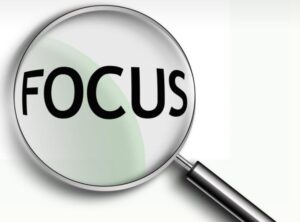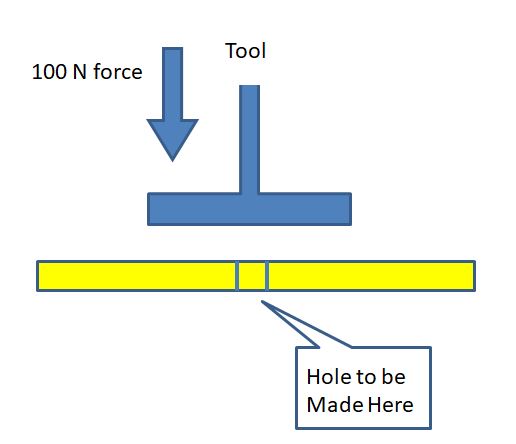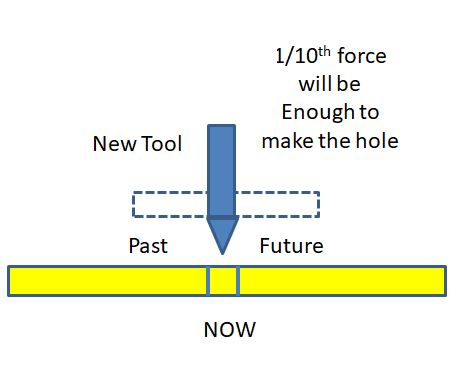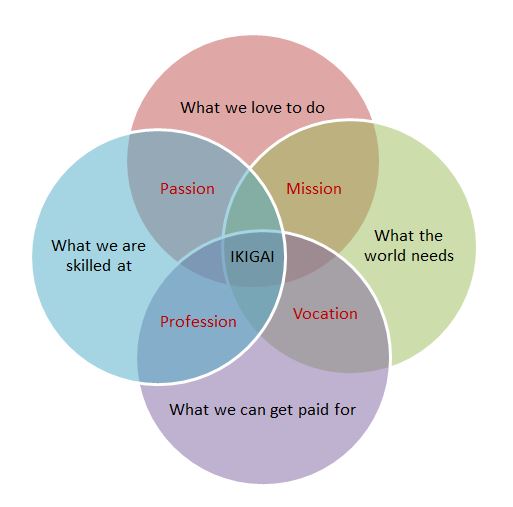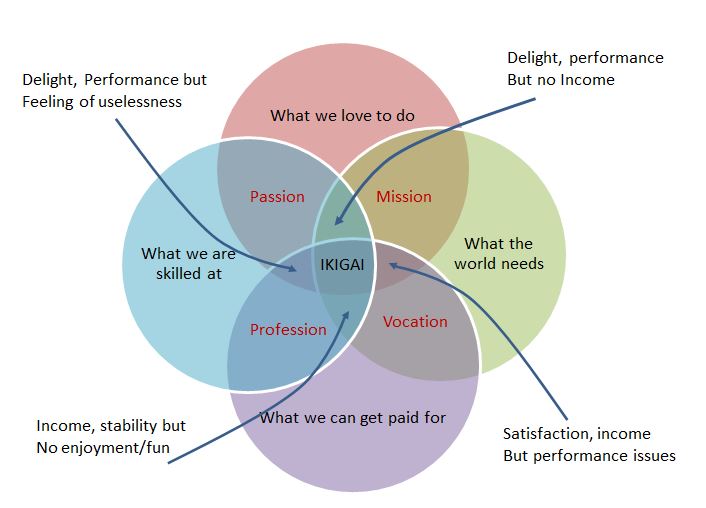
Multitasking is a concept which has been highly misunderstood. Most people who I’ve asked this question have responded that Multitasking means simultaneously being engaged in 2-3 or more tasks so that we get more tasks done in less time.
However, if an individual tries to focus on say 3 tasks simultaneously, what will result is a lesser than 100% attention on each task. Which means that if he/she is trying to do 3 tasks simultaneously, each task will get only 33.3 % attention and therefore there’s a chance that due to 66.6 % inattention, that task might get negatively affected. We will not be able to give our 100% attention to each task.
As it is, these days we are tremendously distracted, and rarely give our full attention to what we are doing. While we are eating, we are talking, watching TV, chatting on our mobile, reading, talking with someone etc. While we are driving we are answering calls or texting which often leads to accidents. Multi tasking, done this way can be nothing else but harmful.
The purpose of this post is to explain to you the correct way to multitask without losing our attention and concentration on any task.
To understand this, we will first have to understand that most of the tasks that we perform, essentially would comprise of two types of time components.
1. Value adding time (VA Time)
2. Non Value adding time (NVA Time)
VA time is that time where we are actually doing something that is a part of the Process for completing that task. NVA time is basically idle time or waiting time.
Let me give an example. If I am preparing stock for use in soup, The following steps would be involved in this task. let’s call it Task 1.
1. Chop vegetables (say Beans, Carrot and Corn ) 5 Min- VA time
2. Pour water in a pot and add the chopped vegetable to it- 2 min – VA time
3. Keep it for boiling – Simmer it for 1 hour – NVA time
4. Check if stock is ready and turn off the heat source – 2 Min- VA time
5. Allow stock to cool for 5-7 minutes. – 7 Min- NVA time
6. Strain the Stock using a suitable strainer- 10 Min- VA time
7. Transfer the stock to a bottle or jar and refrigerate for future use. – 5 Min- VA time.
If you study the above steps, VA steps are (Step 1, 2, 4, 6, 7 ) and NVA steps are (Step 3, 5).
Now, let’s say that I want to perform another task, Task 2, i.e. doing the dishes or mopping the floor, (which will take about an hour), I will have to parallel Task 2 with the NVA time of Task 1.
In addition to the above two tasks, if my daughter wants me to help her with some math sums for 5-7 minutes, then I will have to parallel this task 2 with the next available NVA time of Task 1.
This way, I am actually performing three tasks in a particular span of 1-2 hours, however, at any point in time, each activity is getting my 100% attention.
This multitasking happens as shown below:
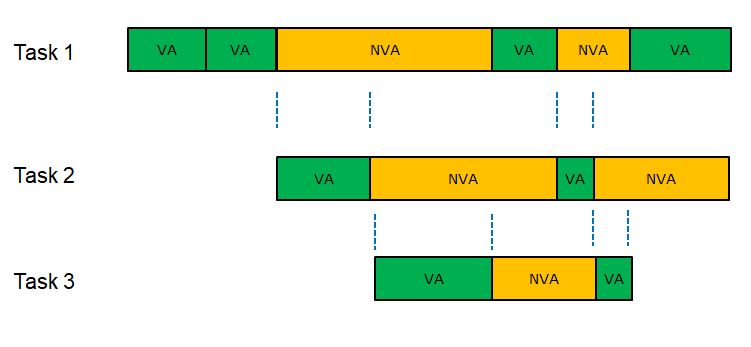
If you study the figure above, you will note that the Task 2 is scheduled in a way that it starts and completes within the NVA time of task 1. It can use the entire NVA time of task 1 or part of the NVA time of task 1. In case of Part usage as is the case here, it still keeps certain NVA time that still remains available for a third task – Task 3 which can be scheduled in the remaining NVA time available as shown. Again, as before, it should start and finish within the remaining NVA time.
Note that there is no VA time of one task that is overlapping withe the VA time of another task. This is very important to ensure that our attention to each task being performed remains 100% at all time.
Anyone who wants to Multi-task must follow this approach.





